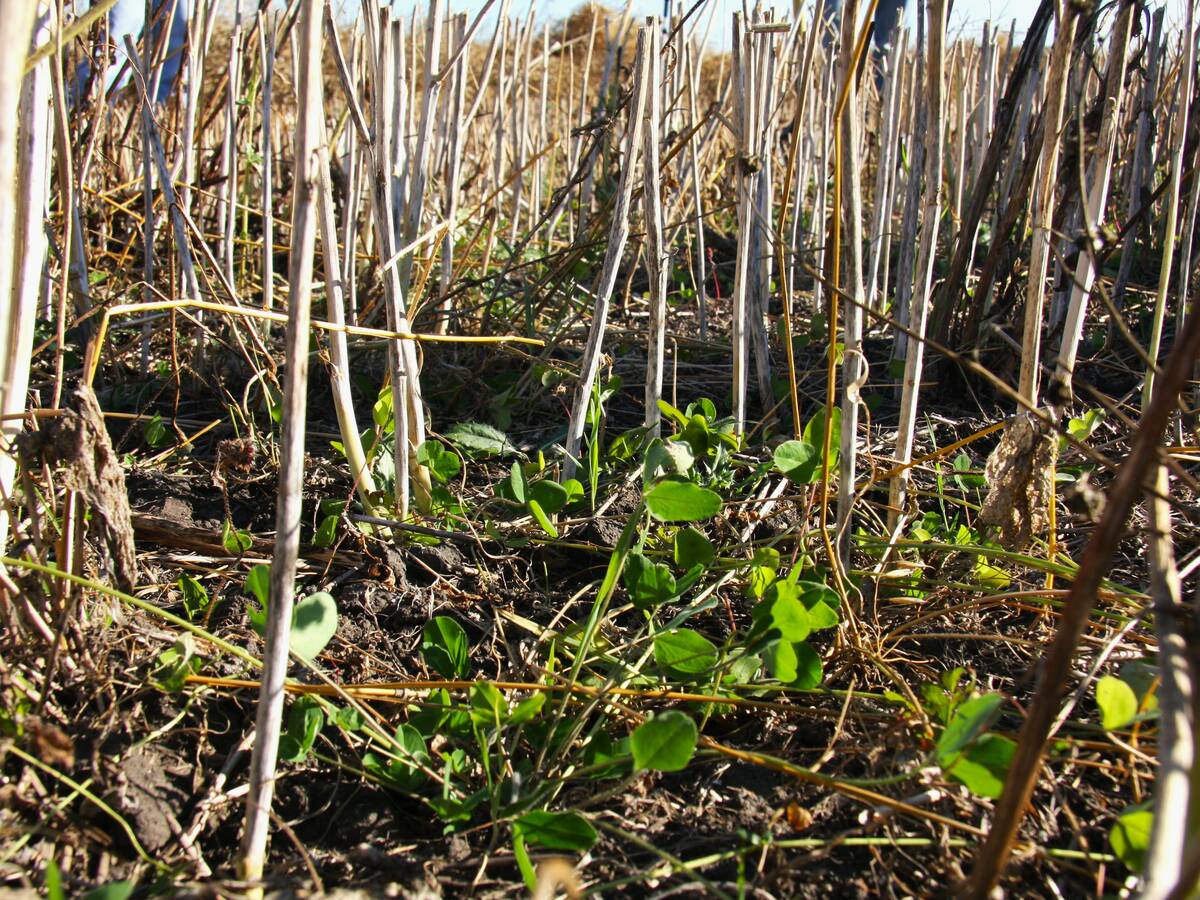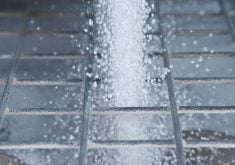Cutting input costs is one way for organic farmers to increase profits.
Those at the forefront of the in-dustry hope to further reduce costs with organic no-till.
Reducing the cost of production in an organic farming system by $100 per acre isn’t just a dream, says Kathleen Delate, professor of agronomy and horticulture at Iowa State University and an organic farmer.
She said economists tracked all inputs at the university’s organic research farm for 20 years.
“We found you can reduce your costs significantly if you don’t use synthetic nitrogen, synthetic herbicides or synthetic fungicides,” Delate told the Prairie Organics Conference in Winnipeg in late February.
Read Also

Saskatchewan project sees intercrop, cover crop benefit
An Indigenous-led Living Lab has been researching regenerative techniques is encouraging producers to consider incorporating intercrops and cover crops with their rotations.
“You’re going to have higher fuel costs with more tillage for weed management. But in general, it balances out to a $100 per acre fewer inputs.”
Many believe believe that “zero till” and “organic farming” are contradictory, which is especially true in broad acre no-till systems where crop protection chemicals are deemed to be essential.
However, Delate said researchers at Iowa State are having success with organic no-till crops, and that success is no longer limited strictly to horticultural crops.
“It’s not a fantasy. It’s something we’re striving for,” she said.
“So far, only certain (broad acre) crops work in organic no till. We’ve had real good luck with organic no till soybeans. You need crops that canopy fast to provide a thick coverage.”
Delate said the growth of the organic food industry has been impeded largely because not enough farmers have found a way to move into organic production.
“We have two curves. The de-mand for organic food is growing quickly, but the number of acres dedicated to organic crops and livestock is growing very slowly,” she said.
“That’s a big frustration for us in the organic industry. It costs retailers more to import organic food, which means the consumer has to pay more. Despite higher prices, demand is still strong, so retailers keep buying organic products elsewhere and bringing them in. But we should be filling that demand with locally produced organic food.”
The two lines on the skewed supply and demand curve will likely come together eventually. Delate said a growing number of producers want to move into organics, but the transition period is a daunting challenge.
“For conventional farmers wanting to transition into organic production, weed control is by far the biggest factor, so that’s the focus of our research at Iowa State,” she said. “We’ve found that alfalfa and small grains work well to get weeds under control during the transition stage.”
She said there’s a lot of new technology in mechanical weed control, nearly all from Europe. The transition from conventional farming into organic farming is expected become easier as more of these machines gain exposure in North America.
Delate said it’s important for potential organic producers to understand the role of biodiversity in their new mode of production.
Crop protection products limit the diverse mix of plant and insect life forms in conventional production that has only a short list of crops in the rotation.
She said a greater mix of life forms create a healthier and more stable environment for livestock and cash crops.
“If you can do things like planting borders or hedgerows between fields, it provides a place for pollinators to thrive,” she said.
“Biodiversity will happen all by itself once a farm is into an organic mode. The monoculture of crops, weeds and insects begins to be replaced by wide array of species.”
For more information, contact Delate at 515-294-7069 or email kdelate@iastate.edu.















